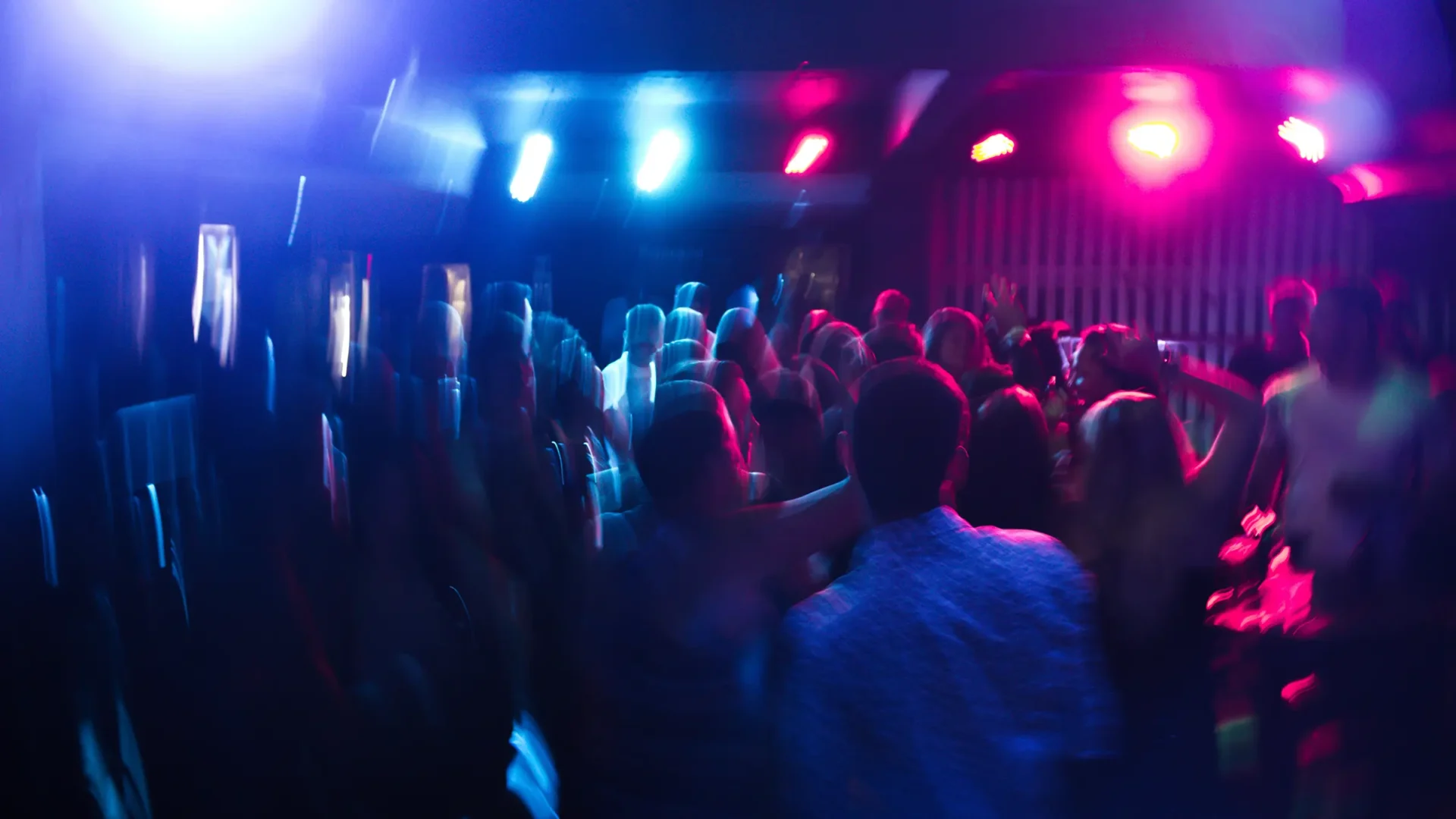Sensory
Stimuli that can be perceived with the senses.
The amount and kinds of sensory stimuli in a context can dramatically affect an experience design scene. Sounds, smells, and sights can sometimes be so intense that they demand peoples’ attention. The machines in a casino or an arcade create a din of sound that can facilitate thoughts of “winning” because people know these sounds from the times they have played such games. In theme parks, hotels, and some restaurants, background music, and sound effects are played to create a sense of time and place. The lack of sensory stimuli can have the same effect. For example, the still, quiet in a sensory deprivation tank “float” can cause people to lose track of time and fix their thoughts on ideas that are often obscured by the business of their daily lives
Examples of Sensory
- LED Billboards: When driving in a big city, LED billboards compete with directional signs to get a driver’s attention.
- Loud construction noise
- Fresh bread aroma
- Dim lighting
- Vibrating phone
Researching Sensory
When designers research sensory stimuli in a setting, they document the sounds, smells, and other sensory content beyond their control. Designers who understand these sensory stimuli can create outcomes that can function in these environments and, in some cases, reduce the sensory stimuli so people can effectively complete activities.
Questions to Ask
- What sounds, smells, or other sensory stimuli are prevalent in this setting?
- In what ways to these stimuli affect a person’s experience?
- What is emitting these sensory stimuli?
Look For…
- Noise levels
- Light levels
- Smells
Sources
Design
Younger, D. (2016). Theme Park Design & The Art of Themed Entertainment. David Younger.
